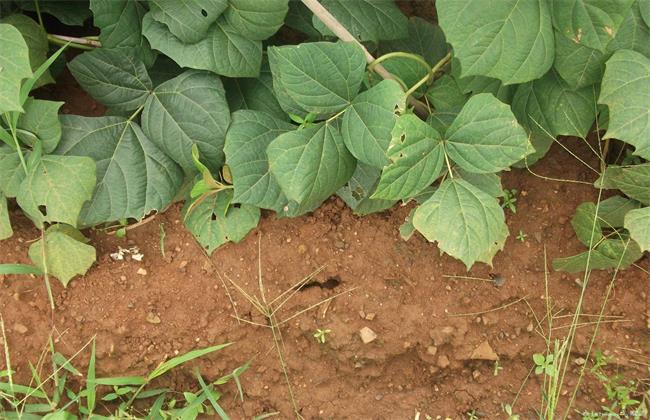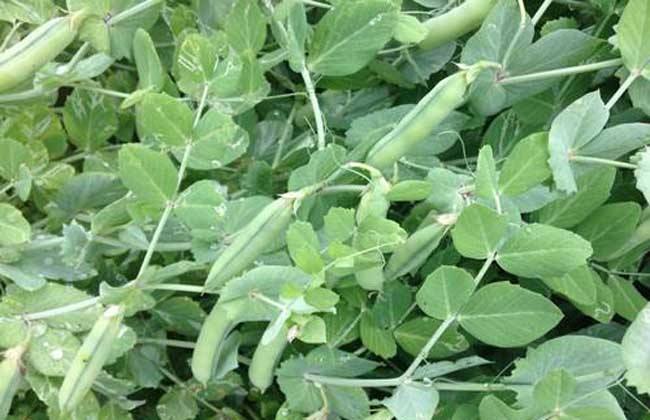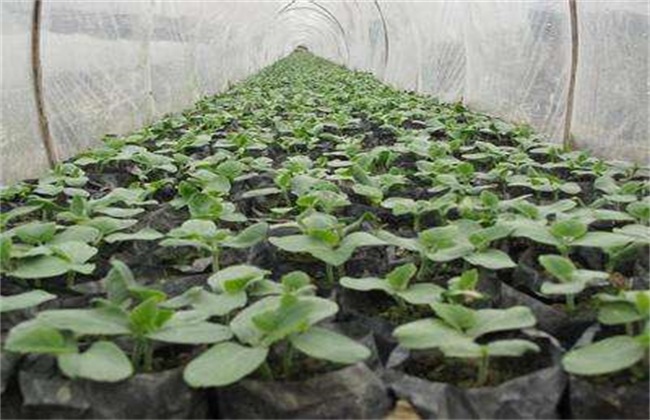Matters needing attention in planting sweet potato
Sweet potatoes, also known as sweet potatoes, are generally planted in spring and harvested in autumn in the south. It is mainly eaten with inflated fleshy roots, which is the best fruit to cool and relieve summer heat in summer. Now there are also many cultivated varieties. I have accumulated some experience in planting. But what should be paid attention to in the production and planting, we also need to know, perhaps you did not think of the content.

1. Land selection and preparation
The roots of sweet potatoes are inflated and rich in water, so when you choose sowing land, the soil must be loose and deep, moist and close to the water source. Irrigation is convenient, usually in a sunny place. It is beneficial to the growth and expansion of roots and the absorption of water and nutrients. Xiangyang can also increase photosynthesis and sugar content of roots. Turn the land before planting, ploughing, leveling the land, watering through, to spray certain chemicals to avoid root diseases.
2. Intersowing seedlings
The seed coat of sweet potato is thick and hard. In order to germinate early, it can be soaked in warm water before sowing, so it can grow faster after sowing. However, the vitality of sweet potato itself is tenacious, and it can also be broadcast directly in warm areas, which can enhance the adaptability and growth vitality of seedlings. The sowing density should be reasonable and the growth space should not be snatched from each other. If the seedling needs to be removed after emergence, the thin, disease and etiolated seedlings need to be removed, but if you sow directly in the field, you only need to set the row spacing first and reseed the seedlings that have not emerged.
3. Control fertilizer and water
A small amount of water can be watered every three days before emergence to maintain 60% wettability. After emergence, you can apply light fertilizer and water once to promote growth, and then apply fertilizer and water every other week until before flowering. If there is no watering during the flowering period, it is necessary to apply compound phosphorus and potassium fertilizer and trace element fertilizer to assist the reproductive growth. During the expansion period, a large amount of water is needed to maintain the water content of the roots and the nutrients produced by the transport leaves, which can be watered every 5 days, but when the soil is dry, it is generally necessary to keep the soil surface layer below 2 cm moist. The surface is dry and not susceptible to disease. Increase the application of compound fertilizer to balance the growth balance of leaves and roots.
4. build a frame and prune.
When the seedlings are about to grow vines, they begin to set up frames, in order to give the plants enough room to grow and receive enough sunlight to avoid squeezing and closing. When the summer is booming, keep the main flowering vines and trim off the excess branches, which can reduce the consumption of nutrients.
In the process of planting sweet potatoes, we should pay attention to many problems, but we mainly talk about the main contents that should be paid attention to. Do a good job of the above should pay attention to do the work, will reduce a lot of management problems, reduce the burden of managers.
Related
- Where is it suitable to grow horseradish in China? it is expected to see the middle altitude horseradish in Alishan.
- How to prevent tomato virus disease reasonably? (Control methods included)
- Many people like to plant towel gourd on the balcony. What are the main points of this method and management?
- What crops can chili peppers be mixed with?
- Fertilization techniques and matters needing attention in Tomato
- What are the grafting techniques for peach seedlings in spring?
- Harm and control methods of root swelling disease of Chinese cabbage
- What are the pests of sweet potatoes? How to prevent and cure it?
- Symptoms, causes and Control methods of navel Rot in Tomato
- The cause of "Cucumber rotten bibcock" in Farmers' planting Cucumber and its Control Plan



